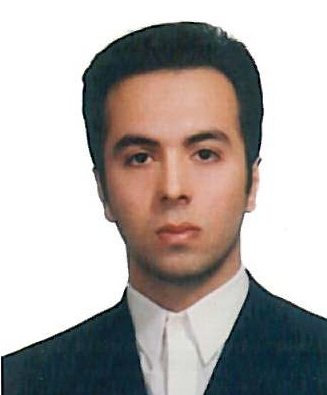
Mohammadhadi Fartookzadeh
Iran University of medical sciences, Iran
Title: Effect of Neural stem cells (NScs) transplantation after bilateral lesion of the locus coeruleus on the sleep-wake cycle in the rat
Biography
Biography: Mohammadhadi Fartookzadeh
Abstract
Neural stem cells (NSCs) find in the sub-ventricular zone (SVZ) and the hippocampus of the adult brain. NSCs can give rise to neurons, astrocytes and oligodendrocytes. Locus Ceoruleus (LC) plays an important role in the sleep-wake cycle. The aim of this investigation was study of effect of Neural Stem Cells (NSCs) transplantation on the sleep-wake cycle after bilateral lesion of the locus coeruleus. Fourty-two adult male Wistar rats, were categorized in seven groups [Control, Sham (cannula implantation), lesion, experimental 1 (intravenous transplantation of NSCs), experimental 2 (intravenous transplantation of noradrenergic-like cells (NACs)), experimental 3 (intraventricular transplantation of NSCs), experimental 4 (intraventricular transplantation of NACs)]. Neural stem cells were harvested from SVZ of newborn rat brains. NSCs were differentiated in neurobasal medium, B-27 supplemented with BDNF and GDNF for 5 days. The animals received bilateral 6_hydroxydopamine (6_OHDA) lesion of the LC. For sleep-wake recording 3 EEG and 2 EMG electrodes were implanted. In this study Nestin and Sox2 were expressed in NSCs. NSCs were differentiated into NACs and Tyrosine hydroxylase was detected in these cells. A significant decrease was seen in NREM (Non Rapid Eye Movement) and PS (Paradoxical Sleep) stages and a significant increase was seen in wake and PS-A (Paradoxical Sleep without Atonia) in lesion group in comparison with control and sham groups (P≤0.05). NSCs transplantation in experimental groups prevented of decrease in PS and increase in PS-A (P≤0.05). The results of this study demonstrate NSCs have ablility to differentiate into noradrenergic cells and NSCs transplantation improved disruption of the sleep-wake cycle after bilateral lesion of LC.
